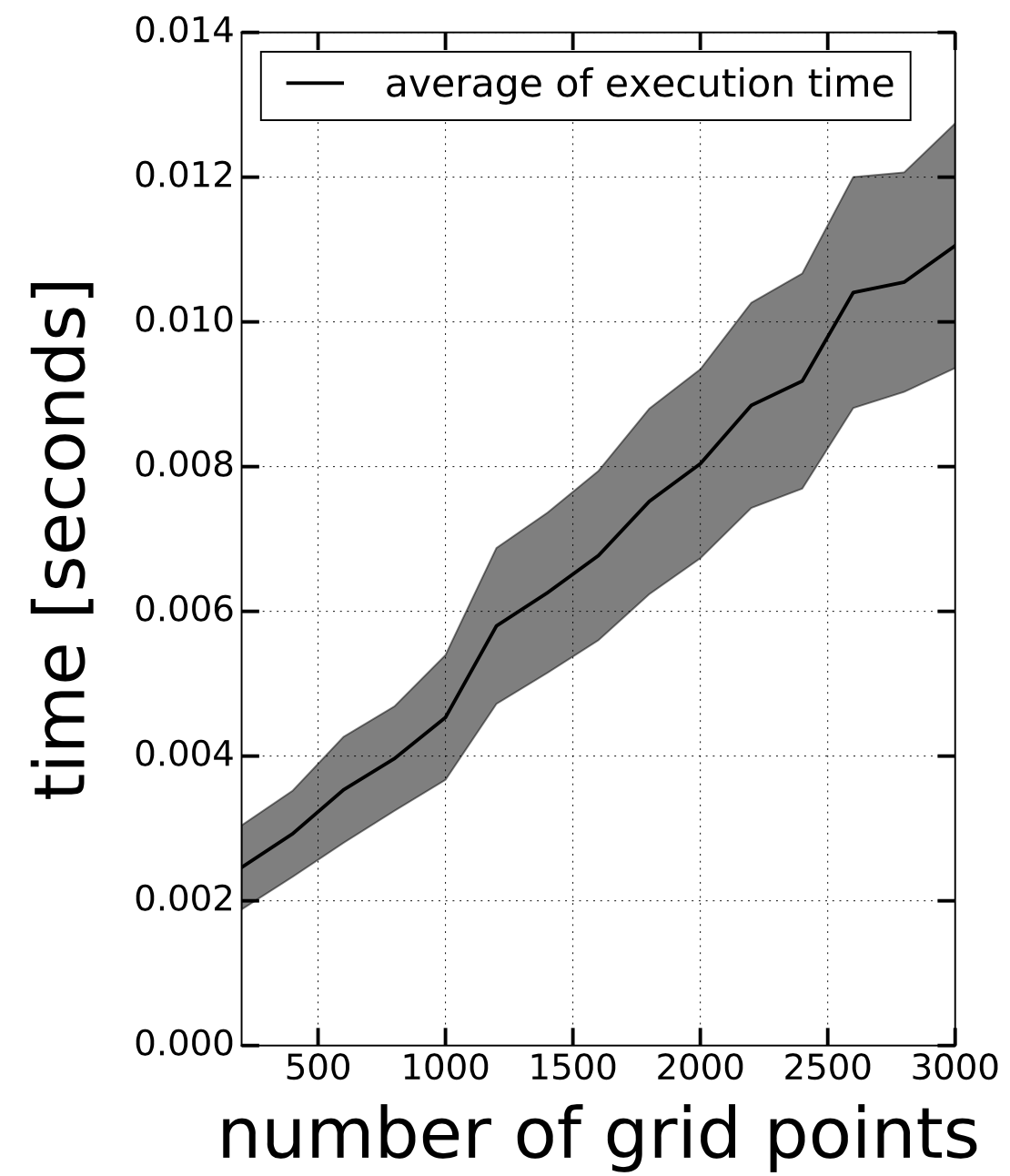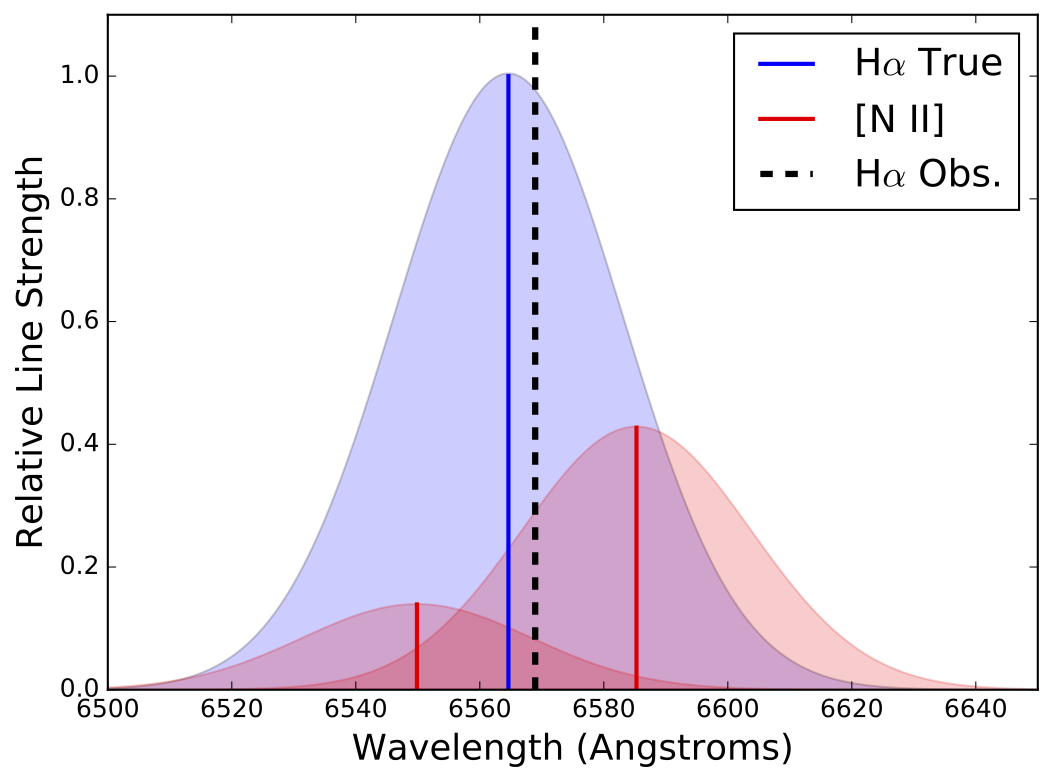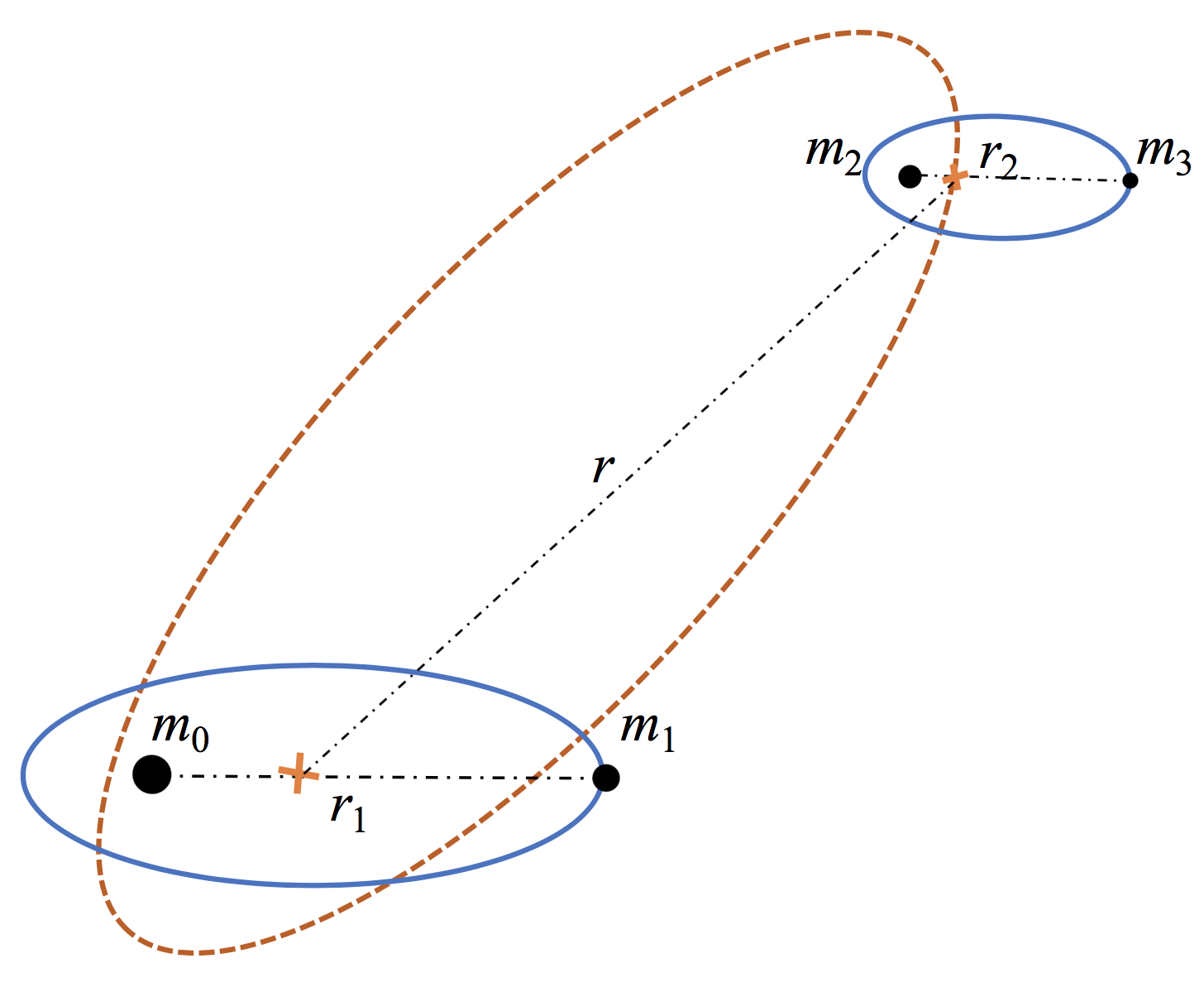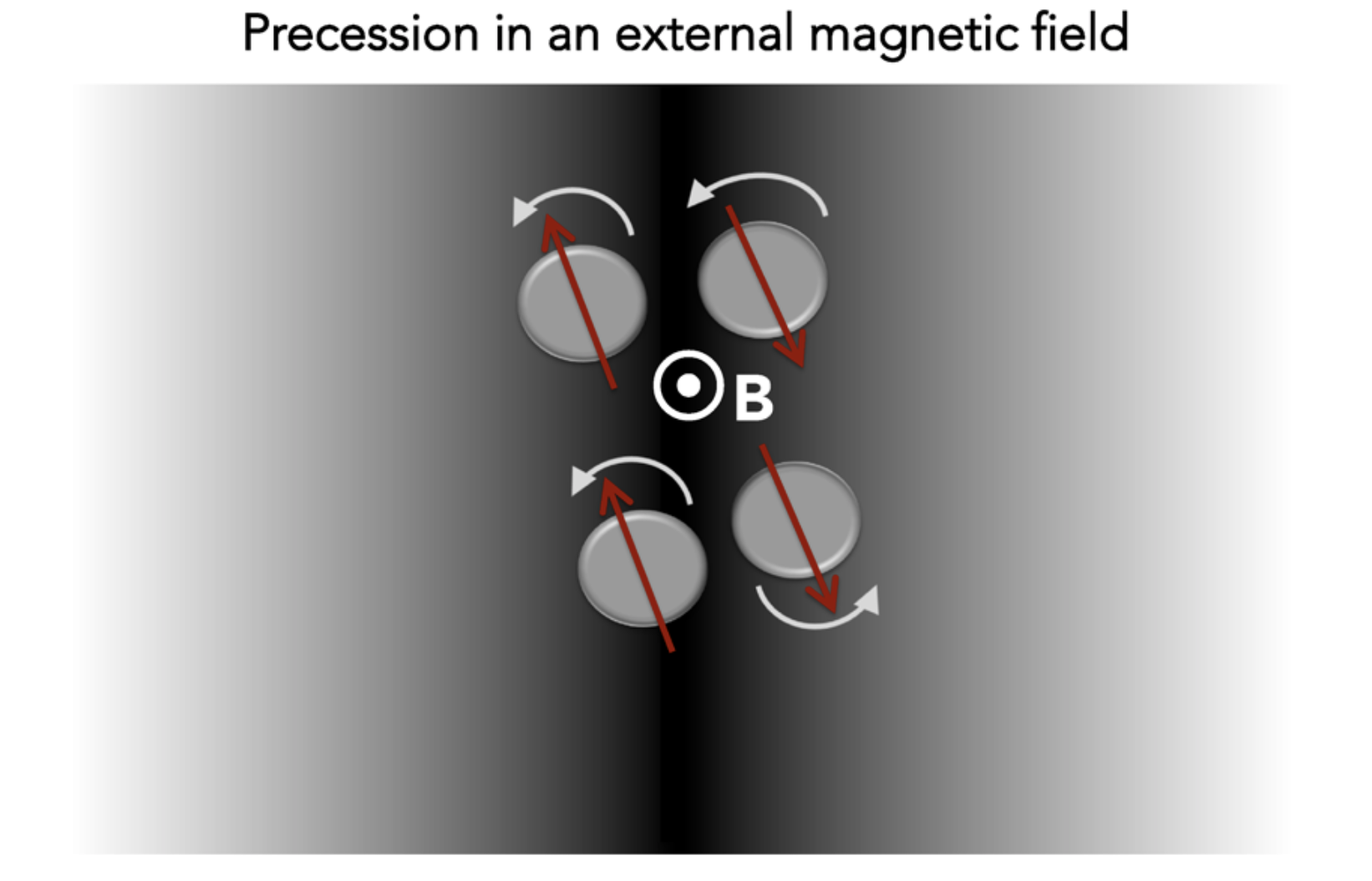Find my publications on arXiv, or ADS, or INSPIRE (incomplete)
Cosmology: Large-Scale Structure
Cosmology has seen its rapid growth in the past several decades. However, most of the content that make up our Universe are still not understood, including the nature of dark energy. Dark energy appears to have been accelerating the expansion of our Universe at late times, which naturally imprints on the formation of the large-scale structure, including the galaxy clustering, Lyα forest, baryon acoustic oscillations, etc.
In order to extract invaluable information of cosmology, efforts have been devoted to two directions. One is to take more effects into account and build more and more accurate and realistic models. There are roughly 3 ways to achieve this: perturbation theory, semi-analytic models, and numerical simulations. The other one is to push forward our observation limits by surveying larger volumes, making more precise measurements, as well as better controlling the systematic errors. I'm interested in both directions, as long as they help our understanding of the final question: what's dark energy?
FAST-PT: Extremely Efficient Algorithm for Cosmological Perturbation Theory

Cosmological perturbation theory has shown their great power in the linear regime and the mildly nonlinear regime. The major advantage of this method is that it's analytic, and the physics of its outcome is easy to understand. Since it's analytic, the calculations are much much faster than numerical simulations.

However, when entering the mildly nonlinear regime where the higher-order effects become important, the perturbation theory always encounter mode-coupling convolution integrals, whose evaluation is algorithmically heavy. As we demand more precise modelling of the large-scale structure, it has been necessary to speed up those integrals, to the point that they can be incorporated into the pipelines of the upcoming cosmology analysis.
FAST-PT is the solution! It has 3 good features:
1. Orders of magnitude faster than previous methods;
2. Broad applications, including: nonlinear matter power spectrum in standard perturbation theory, renormalization group approach, galaxy bias, intrinsic alignments of galaxies in weak lensing, CMB secondary anisotropies and polarization, redshift space distortions, ... ;
3. Written in Python, easy to use.
FAST-PT has been incoporated into current Dark Energy Survey (DES) analysis, and will be useful for more future work!
The public code sits at https://github.com/JoeMcEwen/FAST-PT.
Papers Related:
-
FAST-PT II: an algorithm to calculate convolution integrals of general tensor quantities in cosmological perturbation theory
X. Fang, J. Blazek, J. McEwen, C. Hirata
JCAP 02, 030 (2017) [arXiv:1609.05978] -
FAST-PT: a novel algorithm to calculate convolution integrals in cosmological perturbation theory
J. McEwen, X. Fang, C. Hirata, J. Blazek
JCAP, 09, 015 (2016) [arXiv:1603.04826] -
Beyond linear galaxy alignments
J. Blazek, N. MacCrann, M. Troxel, X. Fang
Phys. Rev. D 100, 103506 (2019) [arXiv:1708.09247] -
A Radial Measurement of the Galaxy Tidal Alignment Magnitude with BOSS Data
D. Martens, C. Hirata, A. Ross, X. Fang
MNRAS, 478, 1 (2018) [arXiv:1802.07708]
Angular Power Spectra Beyond Limber Approximation
Paper Related:
-
Beyond Limber: Efficient computation of angular power spectra for galaxy clustering and weak lensing
X. Fang, E. Krause, T. Eifler, N. MacCrann
submitted to JCAP [arXiv:1911.11947]
Hα-[NII] Line Blending Effects in WFIRST Galaxy Redshift Survey

One of the upcoming cosmological experiments is WFIRST, the Wide Field Infrared Survey Telescope. WFIRST is a NASA space observatory that is planned to launch in the mid 2020s. Its sensitivity and wide field of view will greatly improve the measurements for many astrophysical communities. For dark energy related cosmology, WFIRST will conduct a wide-field high-latitude spectroscopic survey of galaxies. The redshifts of most of the galaxies will be determined using their Hα emission line. However, the current resolution cannot resolve it from two neighboring [NII] forbidden lines. The consequence is that three lines blend with each other and the line centroid is shifted towards the redder side, contaminating the redshift measurements and the inferred cosmology.
We assess the impact of this line blending issue, both theoretically and using the simulation of mock galaxies, and discuss the implementation of mitigation strategies to the systematic errors.
Papers Related:
-
Effects of NII and Hα Line Blending on the WFIRST Galaxy Redshift Survey
D. Martens, X. Fang, M. Troxel, J. DeRose, C. Hirata, R. Wechsler, Y. Wang
MNRAS, 485, 1 (2018) [arXiv:1804.08061]
Stellar Dynamics and Gravitational Waves
Quadruple System and Its Astrophysical Implications
The origin of Type Ia Supernovae (SNe) is still not well understood. One of the most popular candidates is the binary white dwarf (WD) merger. However, it has long been realized that binary WD systems normally take extremely long time to merge via gravitational waves and it is still unclear whether WD mergers can fully account for the observed SN Ia rate.

Recent effort has been devoted to the effects of introducing a distant tertiary to the binary system, which can induce high eccentricities of the binary WDs and possibly lead to direct collisions or more efficient energy dissipation. Alternatively, we investigate the long-term evolution of the hierarchical quadruple systems, i.e. WD binary with a binary companion, which are basically unexplored, yet they should be numerous. We explore their interesting dynamics and find that the fraction of reaching high eccentricities is largely enhanced, which hints on a higher WD merger rate than predicted from triple systems with the same set of secular and non-secular effects considered. Considering the population of quadruple stellar systems, the quadruple scenario might contribute significantly to the overall rate of Ia SNe.
Papers Related:
-
Dynamics of Quadruple Systems Composed of Two Binaries: Stars, White Dwarfs, and Implications for Ia Supernovae
X. Fang, T. Thompson, C. Hirata
MNRAS, 476, 3 (2018) [arXiv:1709.08682]
Population of Eccentric Binary Blackholes
Papers Related:
-
The Population of Eccentric Binary Black Holes: Implications for mHz Gravitational Wave Experiments
X. Fang, T. Thompson, C. Hirata
ApJ, 875, 75 (2019) [arXiv:1901.05092]
Binary Neutron Star: Oscillations and Tides
The discovery of the binary neutron star (BNS) merger marks the beginning of the multi-messenger astronomy. Similar to black hole mergers, BNSs can also be used as "standard sirens" to measure distances on cosmological scales. However, systematic errors are introduced when the binary orbit couples to the internal oscillation modes of neutron stars (NSs). Imagine there is a BNS, when they move close, the tidal force will deform the stars, and induce tides in the stars. We also have normal oscillation modes in stars, like p modes and g modes. p modes are pressure modes, like sound wave, and g modes are internal gravity modes, they are generated due to the gravity and buoyancy. If the tides couple to some oscillation modes, in principle they could amplify the oscillations. And if the modes are driven to be unstable, then lots of energy can be dissipated to heat up the star. When that happens, the energy loss rate from the orbit will be higher than expected, and the orbit will shrink faster, so the waveform will have a phase shift compared to the standard one. Previously people used simulation to find that the instability occurs. But the real physics and nature of the instability are not well understood. We are trying to analytically solve a simplified model, and to see how the g-modes that we are interested in behave under the tidal perturbation as well as the mode interactions, and how the instability comes up. We are also investigating the effects of magnetic fields on these modes and their stabilities.
Papers Related:
-
X. Fang, P. Montero, C. Hirata
in prep.
21cm Cosmology
New probe of magnetic fields in the pre-reionization epoch

The origin of the magnetic fields in galaxies and intergalactic medium is still an open question, and the major difficulty lies in the observation. To determine their origin, a good and natural way is to detect them at high redshifts. However, one needs a probe that is sensitive to extremely tiny magnetic field strengths and can isolate the high-redshift signals, so that the signals won't be contaminated by sources at low redshifts. We explore the detectability of a new probe that uses the 21cm signals from the dark ages. In summary, a square–kilometer array of dipole antennas in a compact grid can reach the sensitivity necessary to detect large–scale magnetic fields that are on the order of 10−21 Gauss comoving.
Papers Related:
-
New probe of magnetic fields in the pre-reionization epoch. II. Detectability
V. Gluscevic, T. Venumadhav, X. Fang, C. Hirata, A. Oklopčić, A. Mishra
Phys. Rev. D 95, 083011 (2017) [arXiv:1604.06327]